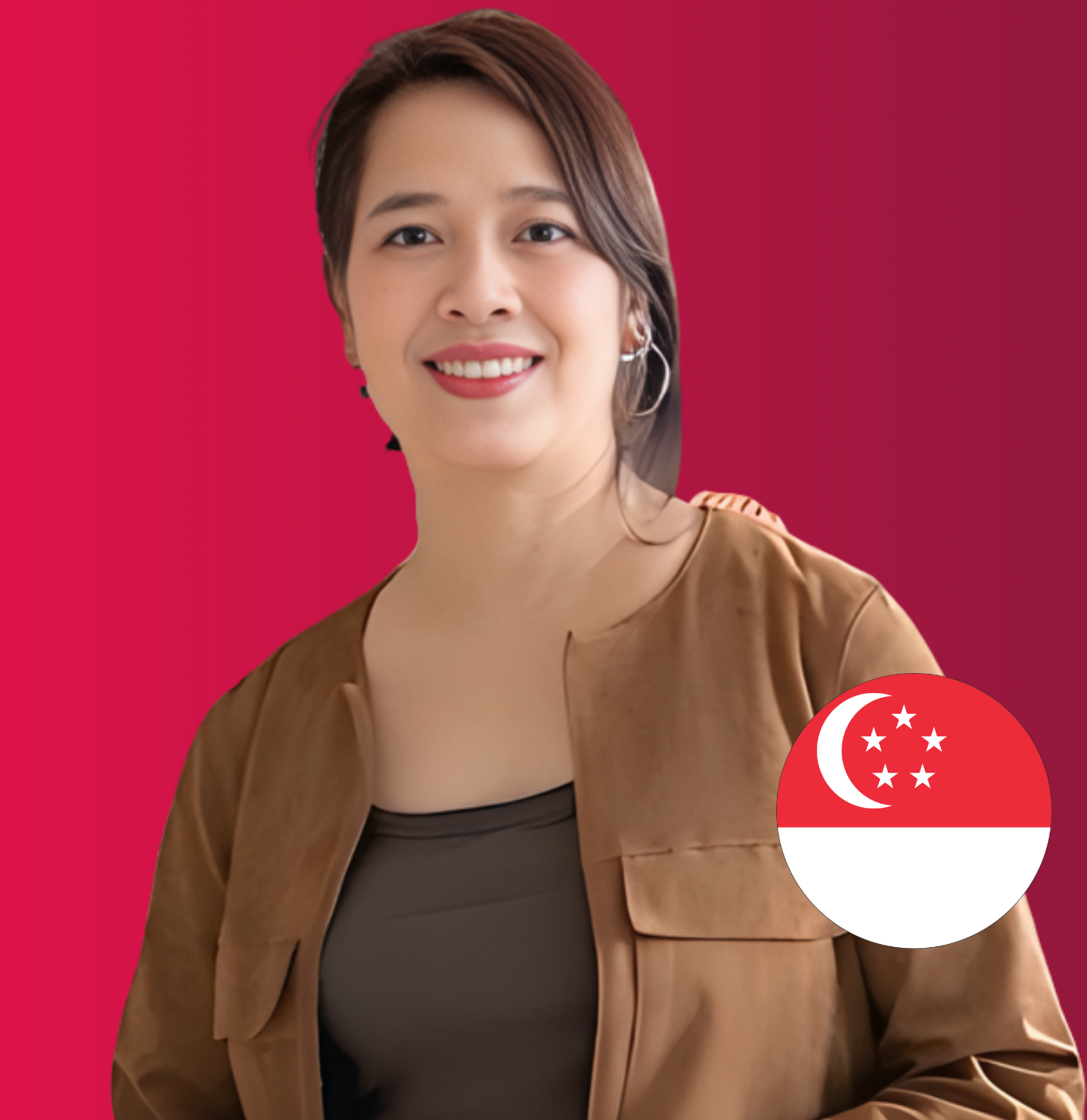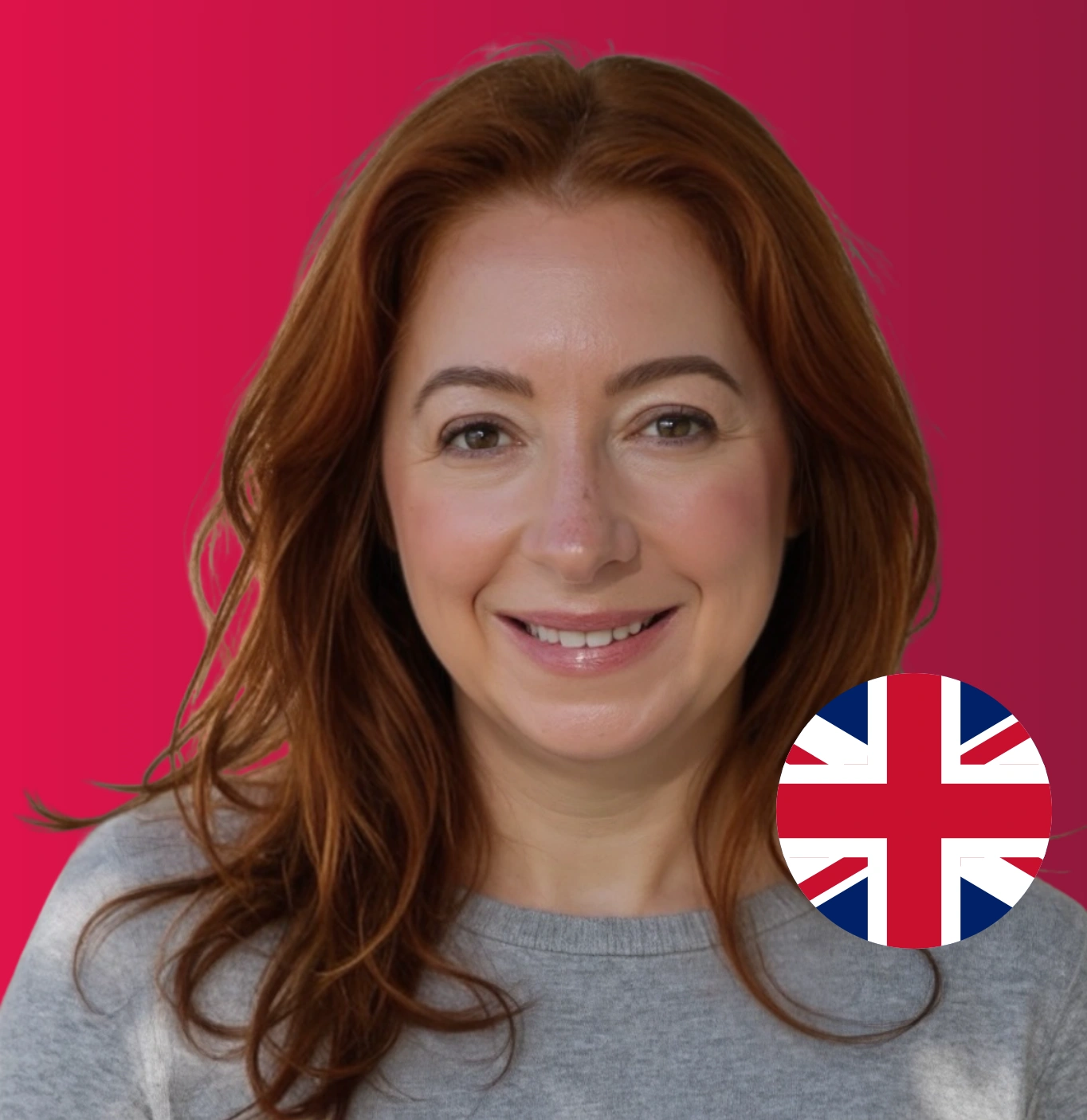Blog & Articles
Your ultimate ressource for the creator economy
Methodology & Rankings
About Favikon, rankings, tools & much more.
Insights
The recipe behind Favikon's viral & coveted rankings.
Free tools to power your influencer marketing workflows.
See Favikon users' success stories.
Get access to all Favikon rankings.
Become a Partner
Become an Affiliate
About the team behind Favikon
The place to talk creator economy, together


Featured Rankings

Here is the Top 50 Rising Video Creators on LinkedIn. Video is quickly becoming the platform’s most powerful format, with creators gaining more reach and engagement than ever. As Gen Z grows its presence and tools like BrandLink and Thought Leader Ads support content creation, LinkedIn is doubling down on video. This ranking, made in partnership with OpusClip, celebrates the creators leading this shift and aims to inspire anyone ready to start sharing through video.

Here is the Top 50 Rising Video Creators on LinkedIn. Video is quickly becoming the platform’s most powerful format, with creators gaining more reach and engagement than ever. As Gen Z grows its presence and tools like BrandLink and Thought Leader Ads support content creation, LinkedIn is doubling down on video. This ranking, made in partnership with OpusClip, celebrates the creators leading this shift and aims to inspire anyone ready to start sharing through video.
LinkedIn has evolved beyond a simple networking platform. Today, it’s a vibrant space for thought leadership, professional storytelling, and brand building. However, creating content that engages your audience is both an art and a science. With LinkedIn posts receiving an average of 2x more engagement than other social platforms for professional content, understanding how to craft engaging posts can significantly amplify your reach and influence. Here’s how to do it, with proven strategies and real data.
1. Know Your Audience
Understanding your audience is the cornerstone of engaging content. LinkedIn’s analytics tools can help you identify:
- Demographics: Who makes up your audience (job titles, industries, and locations)?
- Interests: What topics resonate with your audience based on post performance?
Profiles that cater their content to audience interests see 28% higher engagement rates than those that don’t (Source: Hootsuite, 2023). For example, if your audience consists of HR professionals, focus on content around recruitment trends, employee well-being, or workplace culture.
2. Focus on High-Value Content Types
Certain types of posts consistently perform better on LinkedIn. Here’s a breakdown:
- Personal Stories: Posts that include personal anecdotes receive 3x more engagement than generic updates. Share experiences that highlight your growth or lessons learned.
- Educational Content: Tutorials, how-tos, and industry insights attract 1.5x more shares than other formats. Aim to inform and inspire your audience.
- Visual Posts: Adding visuals like images, videos, or infographics can boost engagement by 98% (Source: LinkedIn Marketing Solutions, 2023). For instance, a short video explaining a complex topic can drive views and interaction.
- Polls: LinkedIn polls have a 15% higher engagement rate, as they encourage audience participation. Use them sparingly for relevant questions.
3. Use an Attention-Grabbing Hook
The first 3 lines of your post are critical. LinkedIn cuts off longer posts, so your audience must click “see more” to continue reading. Hooks like these can increase click rates:
- Ask a question: “What’s the biggest challenge in [your industry] right now?”
- Make a bold statement: “90% of [industry professionals] are doing this wrong.”
- Share a surprising fact: “Did you know that posts with visuals see 98% more engagement on LinkedIn?”
4. Post at the Right Time
Timing matters when it comes to engagement. Data shows the best times to post are:
- Tuesdays to Thursdays: Engagement rates peak during the middle of the week.
- 8 AM to 10 AM: Professionals tend to check LinkedIn in the morning before work.
Profiles that post during these peak windows see 30% more interactions compared to those that don’t (Source: Sprout Social, 2023).
5. Keep Your Posts Concise
Attention spans are short. Posts under 1,300 characters perform best on LinkedIn. Shorter posts are easier to read and share, making them more likely to spark engagement.
- Break up text with bullet points or emojis to improve readability.
- End with a clear call-to-action (CTA), such as “Share your thoughts in the comments” or “Let’s discuss below.”
6. Engage with Comments
Engagement doesn’t stop after you hit “post.” Responding to comments can increase your post’s visibility. According to LinkedIn’s algorithm, posts that receive active engagement in the first hour are more likely to appear on others’ feeds.
For example, reply to a comment with: “Great point, [Name]! What has been your experience with this?” This encourages further discussion, keeping your post active.
7. Experiment with Formats
LinkedIn’s algorithm rewards content creators who use diverse formats. Try:
- Carousels: Slide decks are interactive and keep users on your post longer, increasing “dwell time.”
- LinkedIn Live: Hosts of live sessions see 24x more comments than regular posts.
- Documents: PDFs shared as documents are highly engaging, especially for step-by-step guides or case studies.
8. Leverage Hashtags Strategically
Hashtags make your posts discoverable. Use 3-5 relevant hashtags to reach the right audience. For example:
- Industry-specific: #MarketingTrends, #FinTech
- Topic-based: #Leadership, #PersonalDevelopment
- General: #LinkedInTips, #CareerGrowth
9. Analyze and Refine Your Strategy
Monitor your LinkedIn analytics regularly to track what works and what doesn’t. Key metrics to focus on:
- Engagement Rate: The percentage of interactions (likes, comments, shares) relative to views.
- Impressions: The number of times your content appears in feeds.
- Click-Through Rate (CTR): How often users click on your links or CTAs.
Posts with higher engagement rates are a blueprint for future content success. Replicate what resonates and adjust what doesn’t.
Creating engaging content on LinkedIn is about understanding your audience, delivering value, and staying consistent. By using proven strategies like crafting strong hooks, posting at optimal times, and experimenting with formats, you can significantly boost your content’s performance. Remember, engagement grows with effort—keep testing, learning, and refining your approach. With the right strategy, LinkedIn can become a powerful platform for professional impact and growth.
Related Articles
See all the articlesResources











.png)
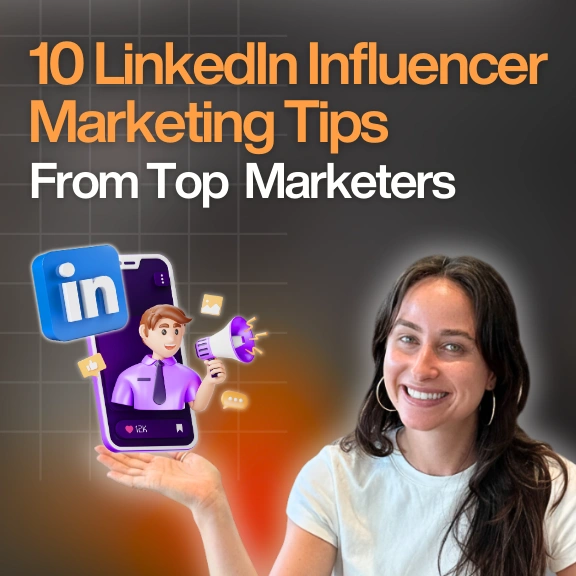

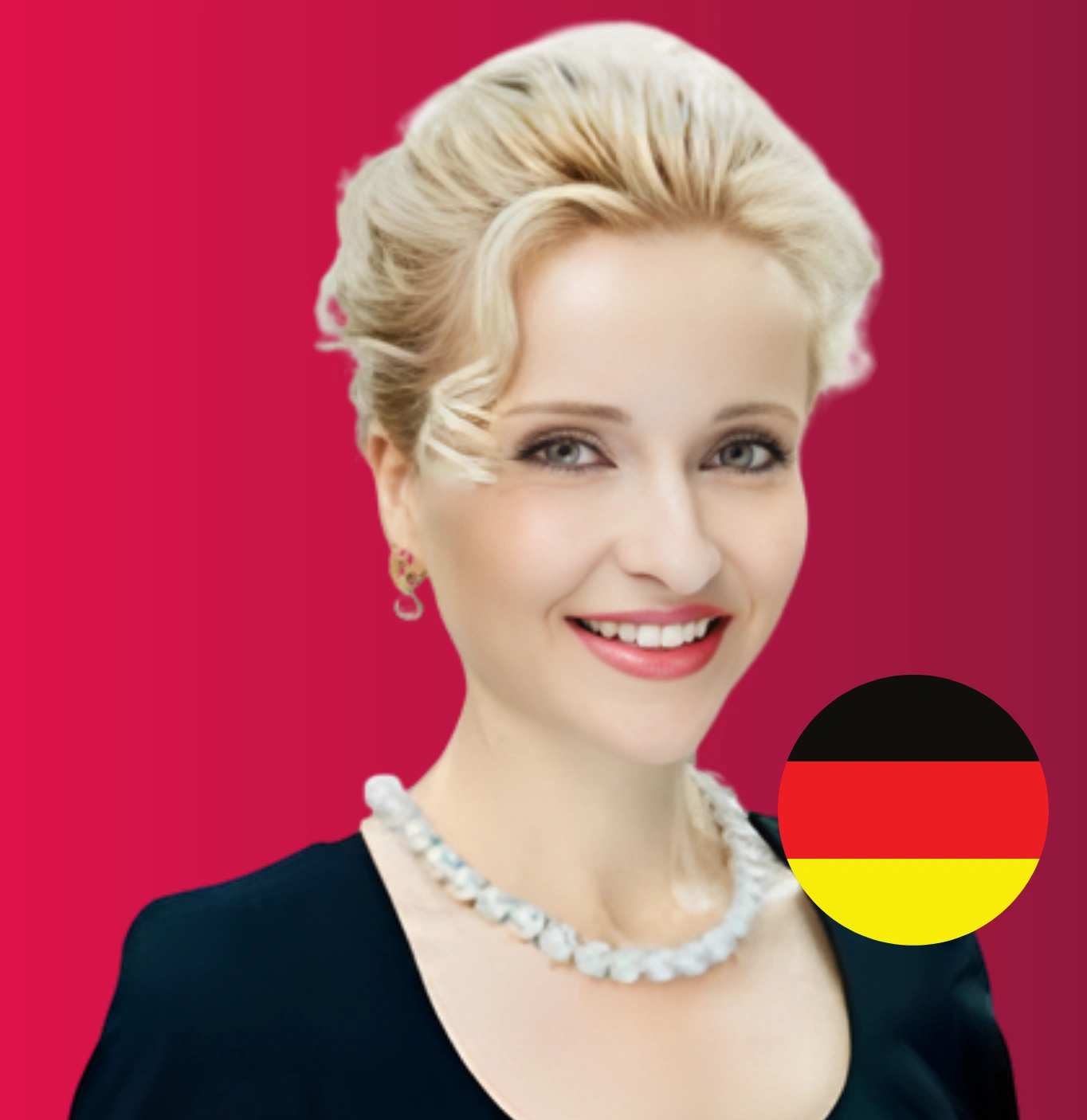
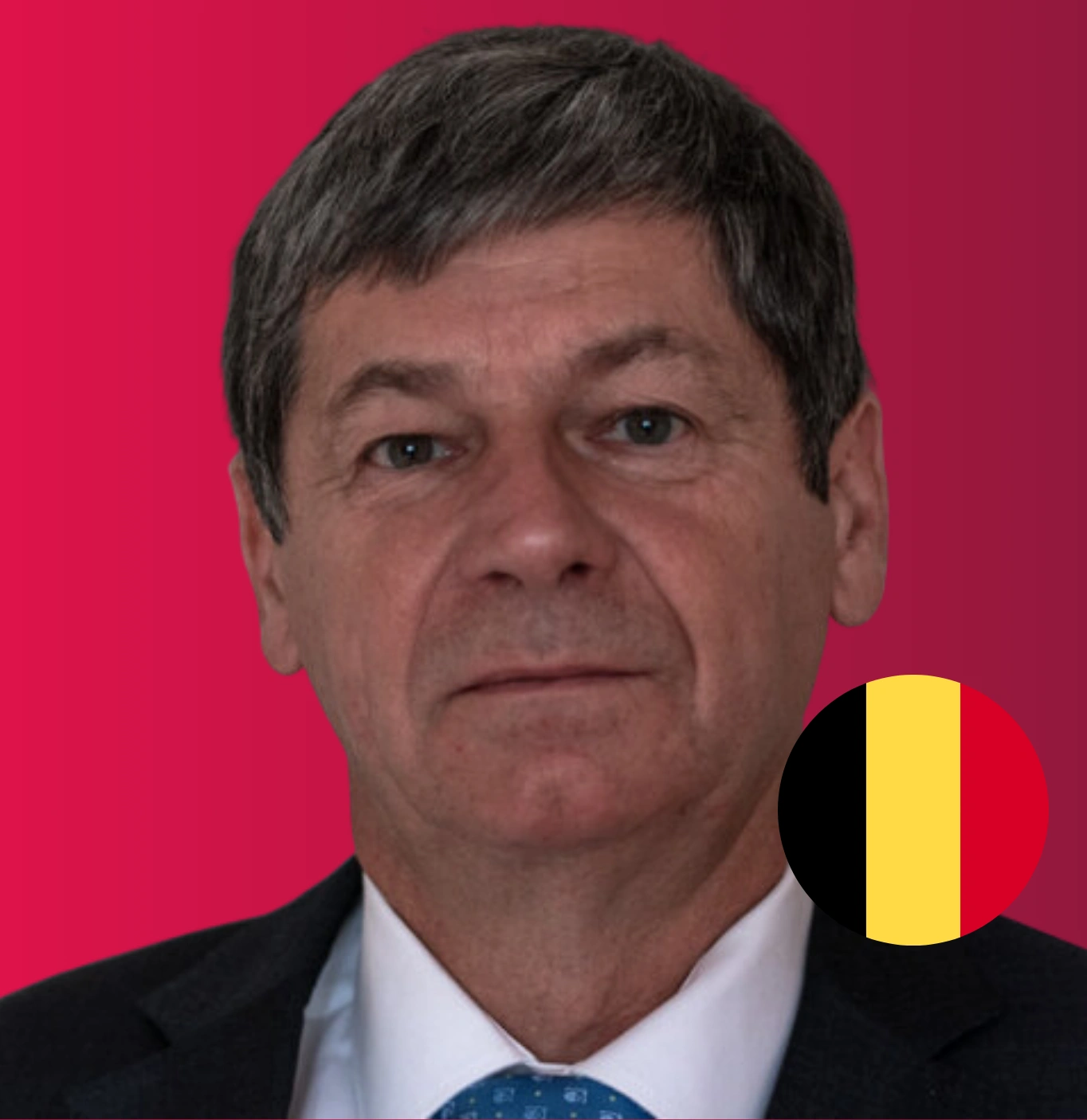





.png)
